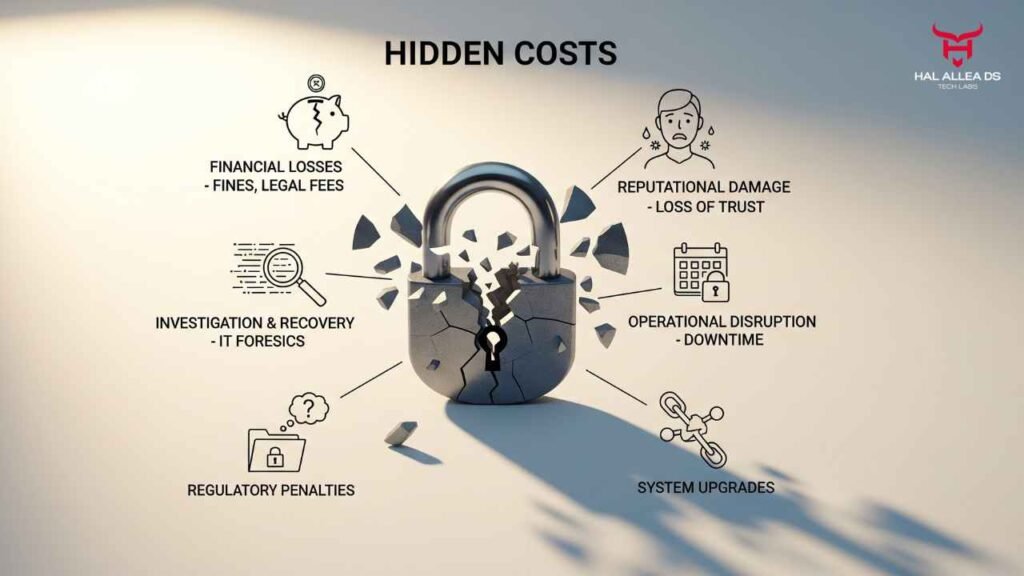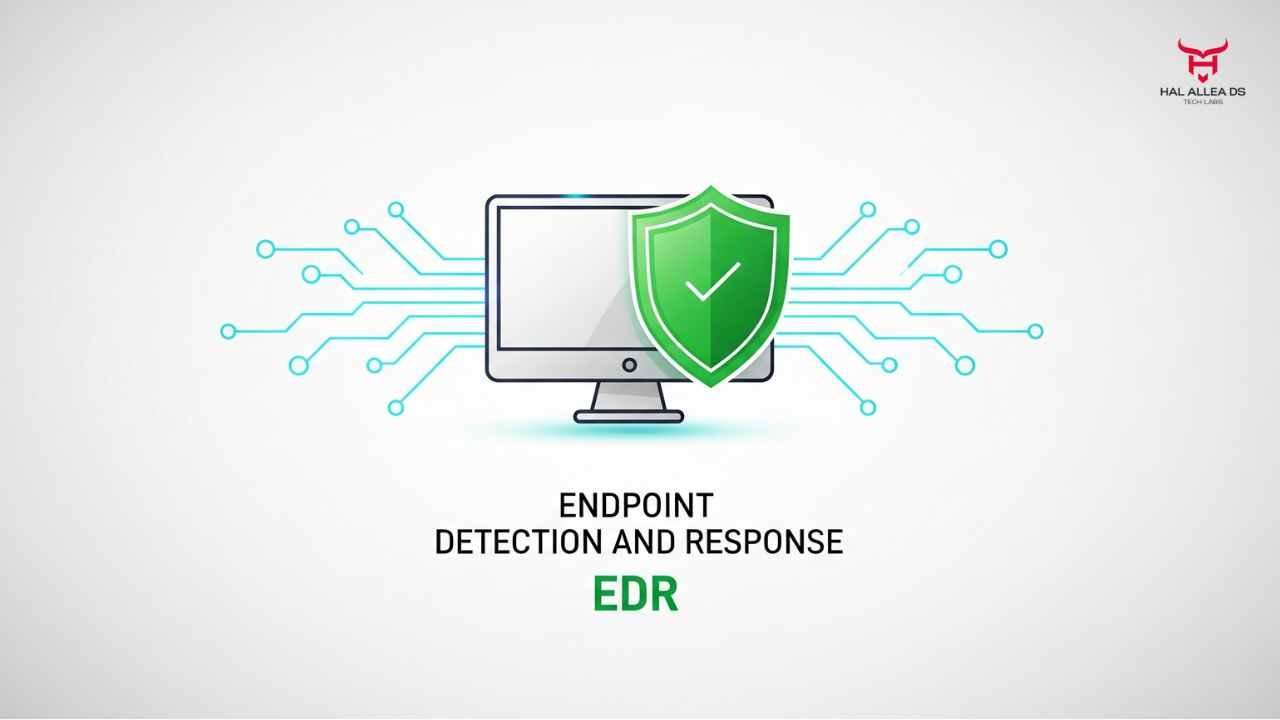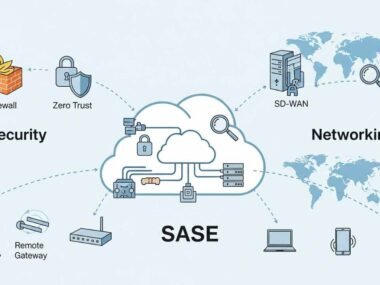IBM’s shares dipped nearly 8% in early August 2025 after the company disclosed in its quarterly filing that a major client-facing breach in its managed security services business could cost up to $750 million in remediation, regulatory penalties, and lost contracts. The revelation marked IBM’s largest data-related financial exposure in a decade.
The controversy is not about whether breaches happen—they do, across every major firm—but about how companies price and disclose the real impact of cyberattacks. The shock: these costs stretch far beyond IT cleanup. They ripple into cloud migrations, customer attrition, and even stock performance. That’s why investors are rattled, CFOs are scrambling to stress-test cyber budgets, and employees inside IBM’s security division say morale has cratered.
The Data
The numbers surrounding breaches are sobering.
- According to IBM’s own 2024 Cost of a Data Breach Report, the average global data breach cost hit $4.88 million per incident, a 15% increase over three years. In the United States, the average figure is more than double at $9.48 million.
- The financial services sector faces the harshest impact: Accenture estimates breaches have cost the industry over $18 billion globally in direct damages between 2020–2024. And that doesn’t count long-tail reputational damage.
- A Ponemon Institute survey found that 60% of breached companies raised their prices following an incident, meaning consumers ultimately carry hidden costs in their bills.
Here’s the thing: the “average” cost paints only part of the picture. High-profile targets like IBM or Microsoft don’t just face fines. They endure contract losses, diverted R&D investment, and erosion of trust. On paper, a breach looks like a one-time charge. In practice, it behaves like a tax that lingers for years.
The People

This isn’t just about spreadsheets, it’s about people under pressure.
One former IBM cybersecurity executive told Forbes: “Internally, leadership underestimated the secondary impact. Everyone thought insurance would cover most of it, but insurance doesn’t pay when your client renewals dry up. That’s the hidden iceberg.”
A senior compliance officer from a European bank that uses IBM’s managed services was more blunt: “Our board demanded we review every external vendor contract after the breach. Trust was shaken. We had to prove our customer data remained intact, which stalled our entire modernization roadmap by months.”
Even inside IBM, employees are struggling with credibility. An engineer said in an internal Slack channel (leaked to Forbes): “We build security as a service, but we weren’t secure ourselves. That hypocrisy doesn’t play well with clients—or with us.”
Meanwhile, industry observers argue the breach highlights a systemic problem. “Companies still treat cybersecurity as a line item, not an existential event,” said Katie Moussouris, CEO of Luta Security. “Yet if a breach wipes billions off your market cap overnight, how is that anything but existential?”
Let’s break down the ripple effects financial, operational, and cultural.
- Revenue Pressure
Early estimates suggest Cisco could lose $1.4 billion in deferred or canceled contracts over the next 12 months as enterprises look elsewhere or renegotiate at steep discounts. That’s not catastrophic for a $50B+ revenue firm, but it erodes growth momentum at a sensitive time. - Investor Skepticism
Bank of America analysts cut Cisco’s long-term earnings estimates, warning that “cloud and security rivals are better positioned in the breach-conscious environment.” Investors now watch client loyalty metrics more closely than hardware innovation. - Legal & Regulatory Heat
Multiple class-action lawsuits are expected in both the U.S. and EU, arguing negligence in securing client data. GDPR mandates alone could impose fines up to 4% of global turnover—potentially north of $2B in Cisco’s case. - Employee Morale
Attrition risk rises after high-profile security failings. Recruiters say security engineers are already being targeted by rivals, feeding potential brain drain. - Industry Reputation
Cisco prided itself on being the “safe pair of hands” for networks. That halo is dimming fast. A breach at TikTok or a retail chain comes and goes in headlines. But for Cisco, whose entire brand is security and reliability, the reputational hit runs deeper.
And here’s where it really bites: clients are increasingly adopting multi-vendor strategies. Enterprises that long stuck with Cisco for end-to-end solutions are now mixing providers specifically to reduce exposure. It’s not panic migration, but it is erosion—and once loyalty fragments, it rarely glues back.
The voices circle back to one truth: the visible fine is not what kills you. It’s the hidden inertia.
The Fallout
So what does this mean in real terms?
Analysts at Morgan Stanley now project IBM could lose 5–7% of its managed services revenue in 2026, not because of penalties but because of client migration to safer-seeming rivals like Microsoft Azure or Accenture. Longer-term impacts could erode IBM’s push to position itself as a trusted AI and cloud security partner.
For shareholders, this paints a troubling picture. A Morningstar note flagged that “breach fallout costs are far harder to quantify than recurring subscription revenue. This opacity may inflate IBM’s risk discount for years.” That’s finance-world speak for IBM’s valuation multiple shrinking relative to peers.
Consumers don’t escape either. History shows breached providers often pass on costs indirectly. After the 2017 Equifax incident, credit monitoring services saw subscription hikes. After Target’s 2013 breach, retail prices subtly edged higher. Sources say IBM’s enterprise support renewals are already reflecting “risk premiums.”
For employees, the damage is intangible but real. Recruiting insiders say IBM’s cybersecurity division has struggled to hire top-tier engineers since the disclosure. “People don’t want to join a shop with publicized credibility issues,” one recruiter admitted.
And regulators? They smell blood. The European Data Protection Board has already signaled possible enforcement against IBM under GDPR, while California’s CPPA has launched its own inquiry under CCPA provisions. Neither body moves quickly, but when they do, fines run into nine figures.
Closing Thought
IBM’s breach costs showcase a bigger truth: cyber risk has matured from a technical nuisance into a sovereign business threat. The “hidden costs” aren’t just about lab time or recovery software. They’re embedded in lost clients, diminished trust, higher operating costs, and regulatory scrutiny that lingers years after an incident.
The real question is whether IBM’s stumble becomes yet another cybersecurity cautionary tale, or if it represents a turning point—forcing executives and investors to finally treat breach prevention with the same urgency as revenue growth.
Will IBM’s billion-dollar setback wake up boardrooms, or are we doomed to watch the same headlines repeat every quarter with a new logo at the top?












